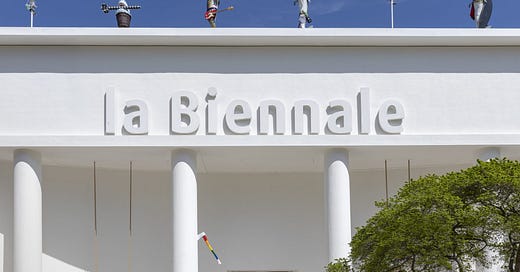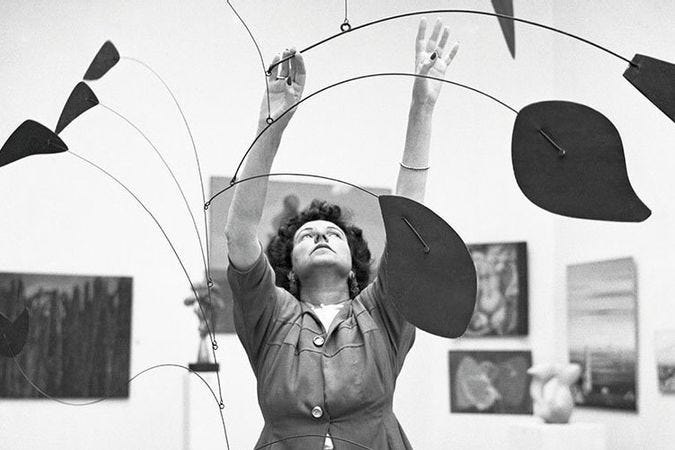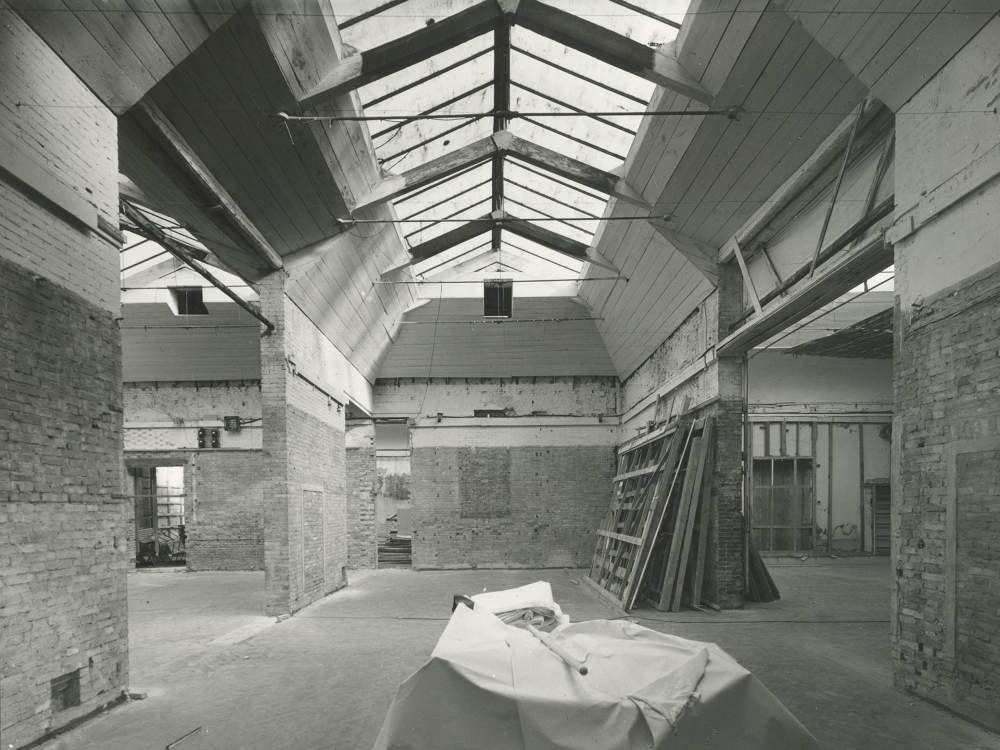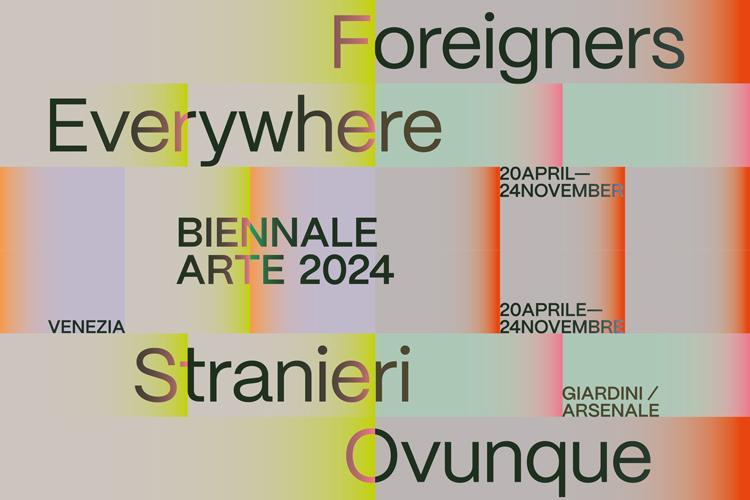The Venice Art Biennale, one of the most prestigious artistic events globally, is gearing up for its new 2024 edition, set to inaugurate on April 20th, and I can’t wait to visit.
While awaiting its opening, its story and evolution piqued my interest, prompting me to learn more about how this renowned event came to be and why it has gained such global prominence. So, let's dive in!
It all began in the late 1800s when Mayor Riccardo Selvatico envisioned a large international art exhibition at the Palazzo Reale, aiming to promote contemporary art and foster global cultural exchange. Thus, the inaugural Venice Biennale took place in 1895, featuring Italian and foreign art.
Modeled after the great international exhibitions of the late nineteenth century, the Venice Art Biennale has since grown into a global hub for contemporary art. Held every two years, it attracts artists, curators, critics, and enthusiasts from around the world. An international jury evaluates the displayed works and awards recognition to outstanding pieces.
The Biennale is organized into national pavilions, each representing a country and showcasing selected artists' works. Interestingly, each pavilion operates independently in terms of budget and artistic choices, reflecting the cultural identity of its represented nation. This year's edition will face controversies surrounding national representation, particularly in light of recent events in Palestine.
One of the most influential and evolutionary editions was the 1948 edition, the Biennale after World War II, which introduced new languages and artistic movements.
This edition saw the participation of Peggy Guggenheim. Peggy exhibited her collection in the pavilion of Greece at a time torn apart by civil war. A fantastic example was that she brought her collection of surrealism and American modernism right into the Greek pavilion of the Biennale. But at the same time, she also recovered trends and movements that had been suppressed during the fascist years.
Peggy engaged Carlo Scarpa, the most famous and well-known architect at the time, to set up her collection, and it was a tremendous success.
This edition also marks the debut of Jackson Pollock in Europe and the first time a new generation of American artists, such as William Baziotes, Mark Rothko, and Clyfford Still, exhibited outside the United States.
The Biennale had many notable curators in its history, and some really left a mark on the Exhibition and on Venice.
For example, in 1976 the Art Environment section was curated by Germano Celant, who coined the term ‘Arte Povera’ for the art movement that took place between the end of the 1960s and the beginning of the 1970s in major cities throughout Italy. The main merit of the Poveristi that Celant brought to the Biennale was to broaden the possibilities of artistic practice by opening the work to materials and spaces that had never been considered before, and thus to open the work to meanings that had previously been unexpressed.
The 1993 Biennale curated by Achille Bonito Oliva led to the rediscovery of Venice. The entire city transformed into an open-air Biennale, altering the perception of the event among Venetians. Previously, locals had harbored disdain for the Biennale, but Oliva approached their community with respect, conveying that the Biennale was not an adversary but rather a valuable ally to the city.
In 1999, Swiss curator Harald Szeemann left an indelible mark on the Venice Art Biennale. He not only unveiled new exhibition spaces in the Arsenale complex but also championed inclusivity, welcoming young people, women, and Oriental artists, reigniting the Biennale's adventurous and romantic essence.
This year's edition achieves yet another milestone with its first artistic director from South America, Adriano Pedrosa of Brazil. Moreover, Pedrosa proudly represents the queer community, marking a significant step towards enhanced diversity and representation in the arts. The exhibition, titled "Stranieri Ovunque – Foreigners Everywhere," will showcase two main sections: the contemporary and historical nucleus, featuring a diverse array of artists embodying the term "foreigner" as marginalized, immigrants, refugees, exiles, indigenous and queer.
The Venice Art Biennale brings people together from all over the globe. It's a celebration of creativity, diversity, and innovation that has shaped Venice's cultural scene for over a century. It has evolved over the years, reflecting the ever-changing landscape of contemporary art while continuing to serve as a platform for dialogue, innovation and cultural exchange.










